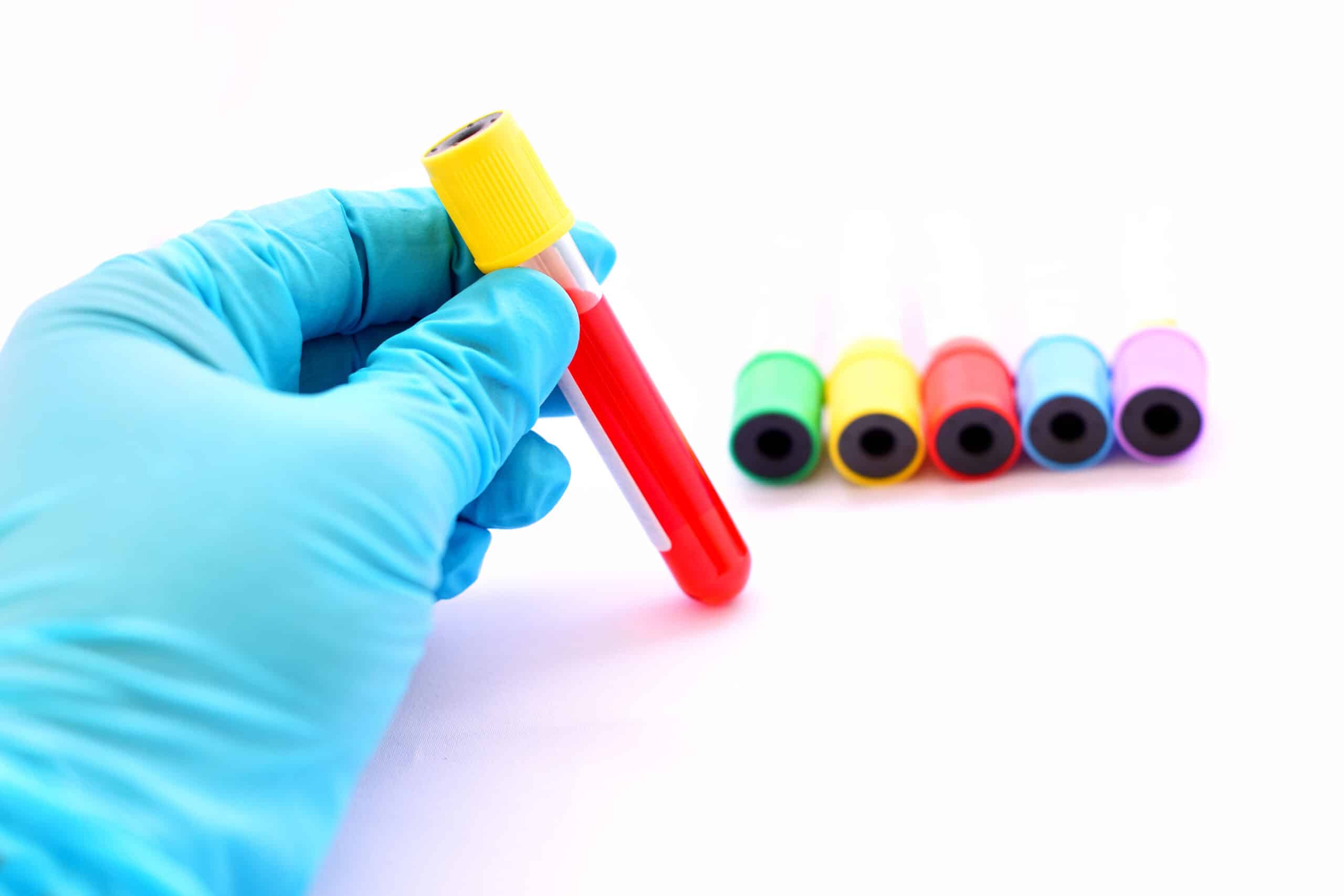Where and how the energy comes from to synthesize molecules remains unclear. However, it is known that the human body requires oxygen to produce energy, what is lesser known is that all organisms require the trace element copper as a catalyst for the safe consumption of oxygen.
“Scientists, more specifically biochemists, have known about the importance of copper in human body for a long time, but even they do not know, for example, how this element reaches from our food to the right destinations, i.e. various copper enzymes,” says Professor Peep Palumaa, who is head of the Research Group of Metalloproteomics.
This pathway is also not entirely safe because if uncontrolled copper ions can trigger dangerous radical side reactions in the presence of oxygen related disease including atherosclerosis, various forms of cancer as well as neurodegenerative diseases such as Parkinson’s and Alzheimer’s disease; the oxidative stress can also lead to the accelerated aging of organisms.
The primary function of blood is to transport ions and molecules from the digestive tract to the tissues which includes transporting copper ions, and when excessive amounts of substances accumulate in the tissues, which can become toxic to the body, the reverse process occurs in the blood. While there are many transport molecules that could possibly transport copper in the blood, data on transporters and their copper binding affinities have been controversial and unclear thus far.
In collaboration with Wilson Therapeutics AB, scientists from the Research Group of Metalloproteomics investigated proteins and ligands transporting copper ions in blood and their binding affinity; an approach was developed based on liquid chromatography and ICP MS trace elements analysis techniques to assist in the research.
Findings revealed that copper ions are primarily bound only to two proteins in the blood: 75% to ceruloplasmin which binds copper ions almost irreversibly, and 25% to serum albumin which binds copper ions with picomolar affinity; a small proportion of copper ions are also bound to histidine and other free amino acids in the blood along with proteins. Additionally, results also revealed that copper transporter alpha-2 macroglobulin doesn’t bind to copper ions.
“The research findings can be used for various applications. First, they help to understand the normal copper metabolism in the body, which has a direct diagnostic value. Second, these results also help to identify disturbances in the body’s copper metabolism. The latter occur in several genetic diseases, such as Wilson and Menkes diseases as well as the most common neurodegenerative disease, Alzheimer’s. In addition to specific diagnoses, the effect of pharmaceuticals normalizing copper metabolism that are used for the treatment of these diseases can also be monitored through copper equilibrium in blood,” Professor Palumaa says.




